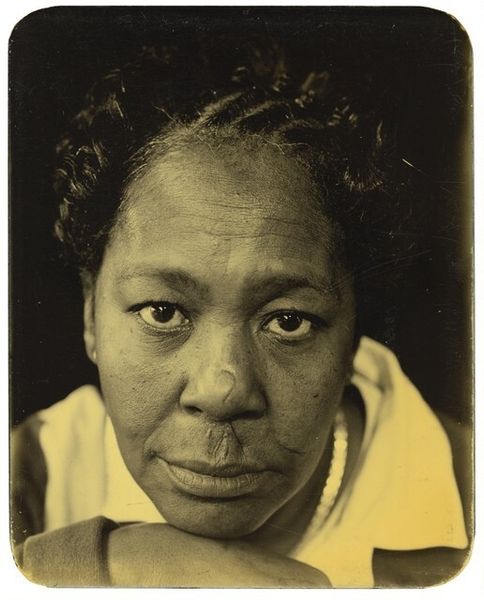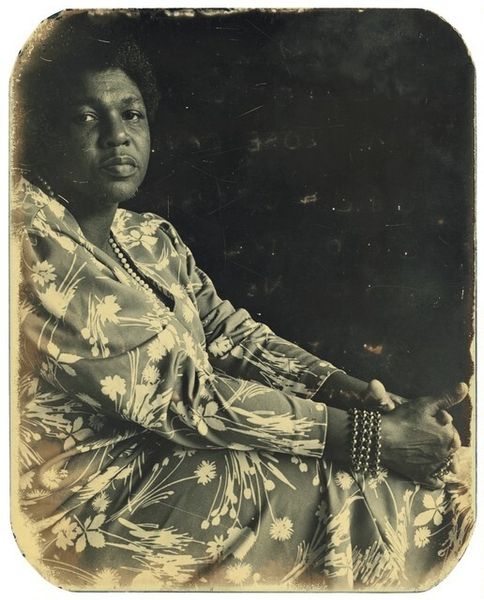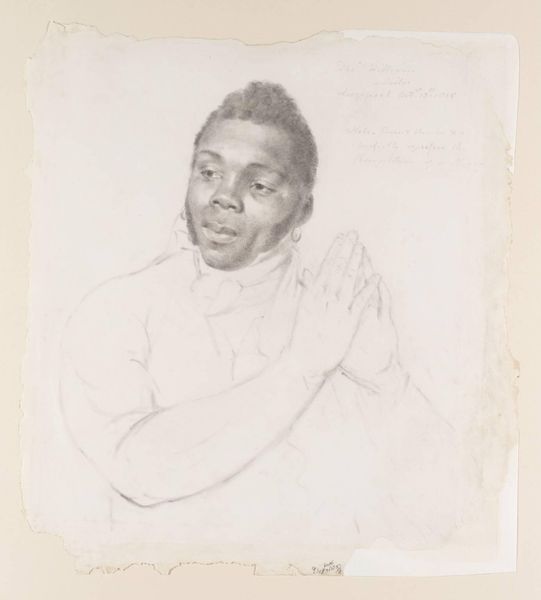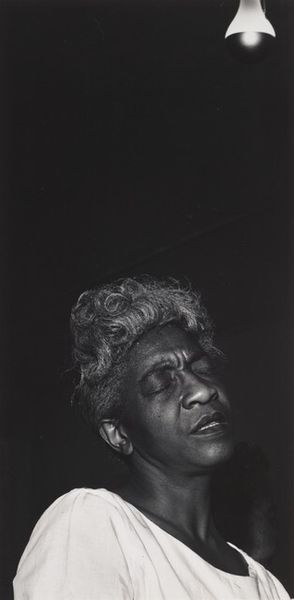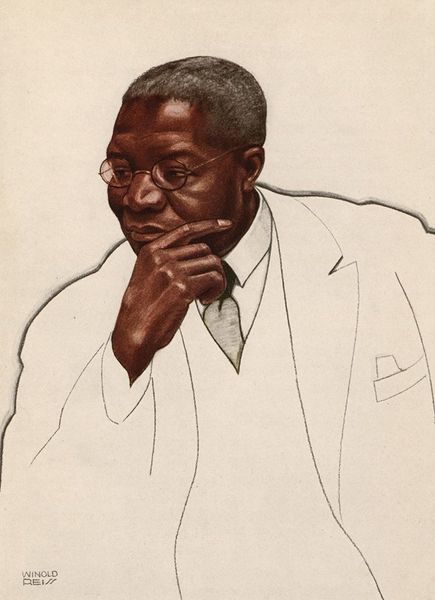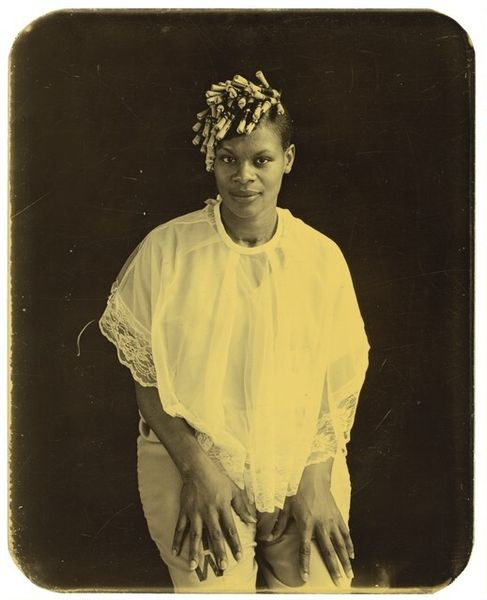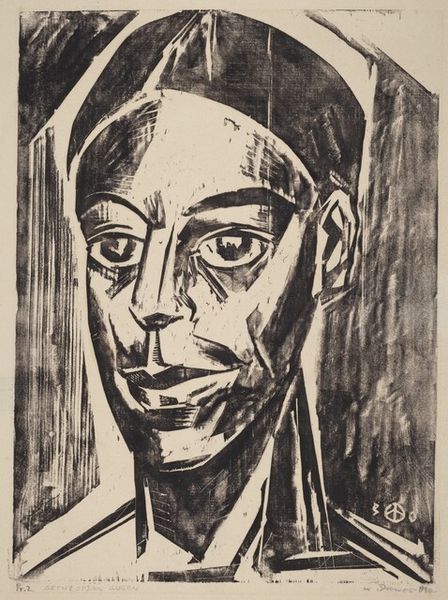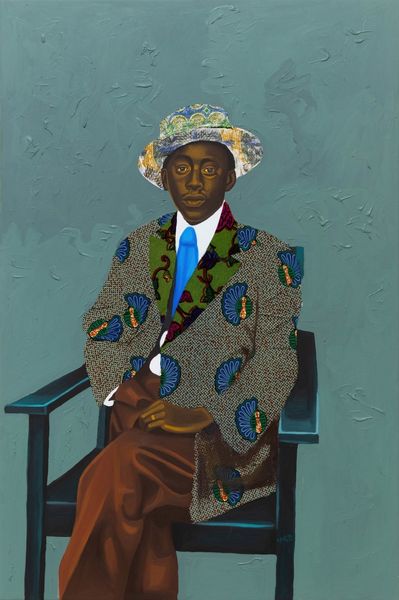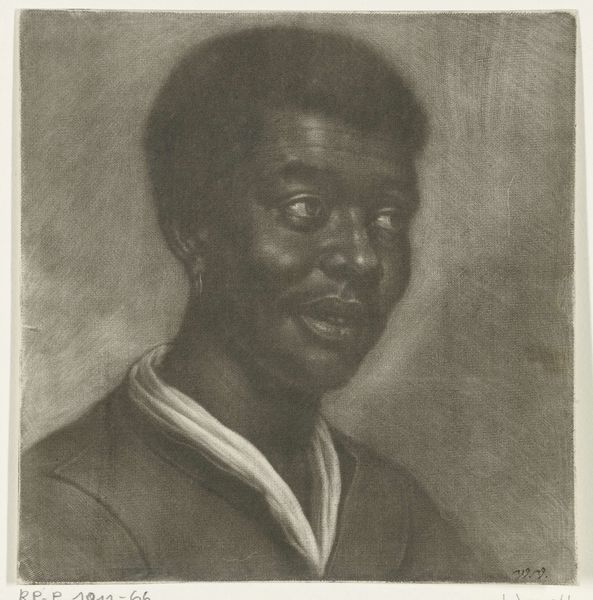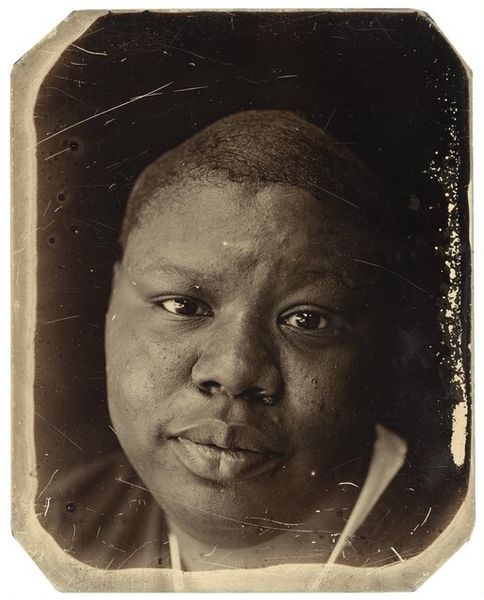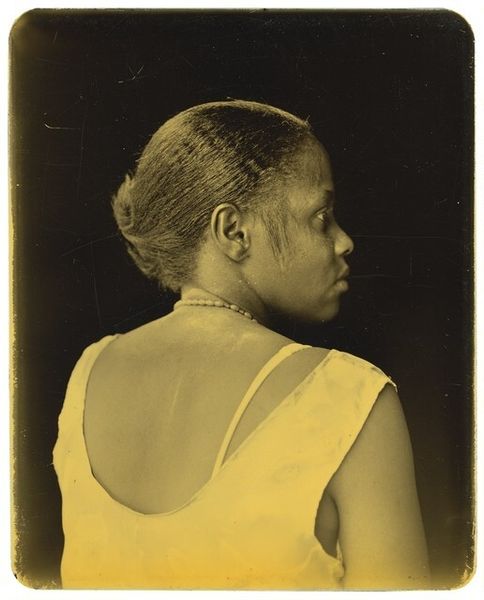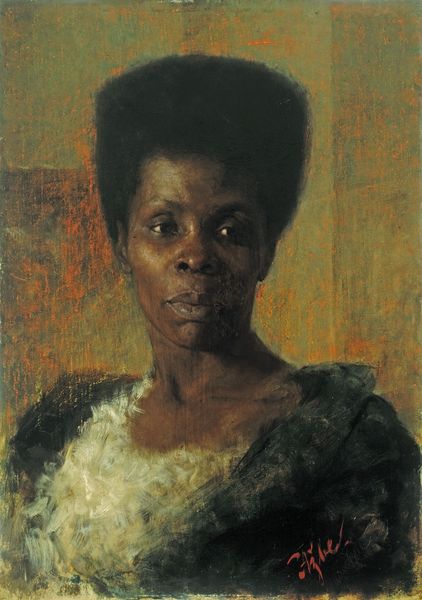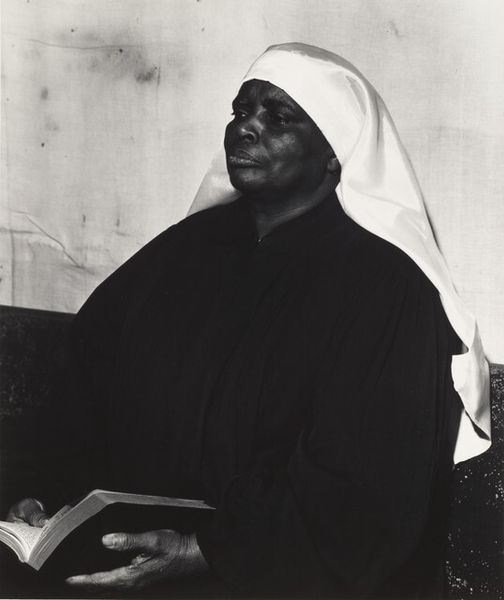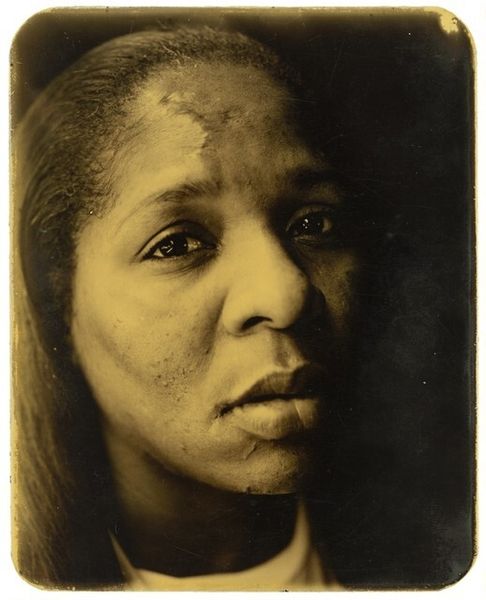
drawing, paper, pencil
#
portrait
#
drawing
#
figurative
#
harlem-renaissance
#
paper
#
pencil
#
portrait art
Copyright: Public Domain: Artvee
Editor: This is Winold Reiss's portrait of Mary McLeod Bethune, created in 1925 using pencil on paper. The first thing that strikes me is its directness, the gaze is very captivating. What do you see in this piece, from your perspective? Curator: Well, immediately, I see it as a significant representation within the Harlem Renaissance. Reiss, a German-American artist, actively sought to portray African Americans with dignity and without caricature. Bethune, a prominent educator and civil rights activist, embodies the spirit of the era. The work is interesting in the context of debates about representation. Was an outsider better positioned to produce this work, or does it reveal biases? Editor: That’s fascinating. I hadn't considered the artist's background in relation to the subject. Does the artistic style contribute to this representation, in your opinion? Curator: Absolutely. The clean lines and realistic portrayal move away from stereotypical depictions common at the time. Reiss's style emphasized individuality, aiming to combat the dehumanization that Black people faced. Notice how the soft pencil strokes humanize her and the determined gaze challenges any attempt to diminish her power. How do you perceive the significance of its simplicity? Editor: I think the lack of ostentation puts the focus squarely on her, emphasizing her character. It makes me think about how portraits are tools for social recognition. Curator: Precisely! It positions her within a visual language historically reserved for figures of authority, challenging existing power structures through imagery. It underscores the public role art can play. Considering this, has your view on the portrait shifted at all? Editor: Definitely! I now see it as a powerful statement about representation and the role of art in shaping perceptions of Black Americans. Thank you. Curator: And I see that looking closely at historical context allows us to interpret images as part of ongoing struggles for equality.
Comments
No comments
Be the first to comment and join the conversation on the ultimate creative platform.
